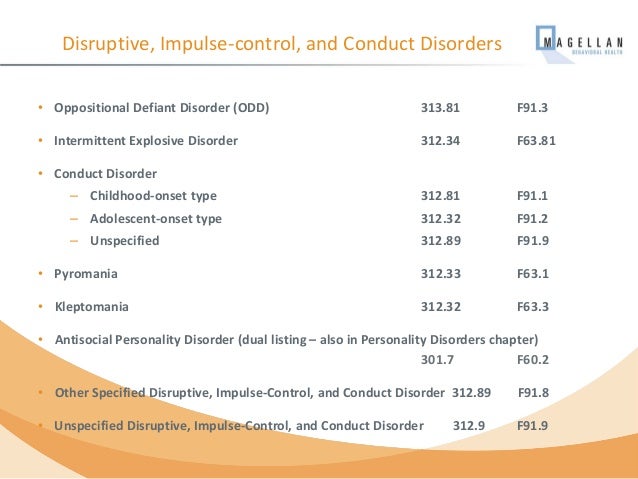

The Conduct Disorder subscale of Checkmate Plus Symptom Inventories is reported on in hundreds of scientific publications, representative examples of which are Bachanas, Morris, Lewis-Gess, et al., 2002 Drabick, Beauchaine, Gadow, et al., 2006 Fanti & Lordos, 2020 Guttmann-Steinmetz, Gadow, & DeVincent, 2009 Loeber, Stepp, Chung, et al., 2010 Osigwe, Gadow, Nachman, & Drabick, 2020 and Roberts, McCrory, Bird, et al., 2020. Youth’s (Self Report) Inventory (secondary school) There is a 10-to-15 item (depending on age) Conduct Disorder subscale in the following Checkmate Plus Symptom Inventories:Įarly Childhood Inventory (early childhood)Ĭhild Symptom Inventory (elementary school)Īdolescent Symptom Inventory (secondary school)Ĭhild and Adolescent Symptom Inventory (elementary & secondary school) Abstracts of these and other studies can be accessed by clicking the link to Research Bibliography. The Antisocial Personality Disorder subscale of Checkmate Plus Symptom Inventories is reported on in a number of scientific publications, representative examples of which are Byrd, Manuck, Hawes, et al., 2006 Chien, Gau, & Gadow, 2011 Dunn, Austin, & Perkins, 2009 Konikkou, Kostantinou, & Fanti, 2020 and Kyranides, Fanti, Sikki, & Patrick, 2017. There is a 7-item Antisocial Personality Disorder subscale in the following Checkmate Plus Symptom Inventories:Īdolescent Symptom Inventory (middle school, junior & senior high school) Conduct disorder.DSM-5 recognizes six different disorders as being in the category of Disruptive, Impulse-Control, and Conduct Disorders: antisocial personality disorder, conduct disorder, intermittent explosive disorder, kleptomania, oppositional defiant disorder, and pyromania. Intermittent explosive disorder basics.Symptom severity and its clinical correlates in kleptomania. A rare known topic ‘pyromania’: A case report. You can learn more about how we ensure our content is accurate and current by reading our editorial policy. We link primary sources - including studies, scientific references, and statistics - within each article and also list them in the resources section at the bottom of our articles. Medical News Today has strict sourcing guidelines and draws only from peer-reviewed studies, academic research institutions, and medical journals and associations. fire-setting that is not a response to anger or vengeance.experiencing feelings of relief after stealing.often feeling guilty or depressed after stealing.stealing items that are not needed or items of little to no value.Signs and symptoms of kleptomania include: multiple verbal or physical outbursts that can result in injury or physical damage.being often well-behaved outside of explosive outbursts.defiant behavior that is often due to being asked to do chores or obey rules.

The following are the indications and symptoms of impulse control disorders by type: ODD People with pyromania are more likely to have mood disorders and learning disabilities. Pyromania is more common in teenagers and adults, while males are more likely to have this condition than females. They often have a compulsion to set things alight. Pyromania is a rare impulse control disorder where people become fascinated by fire and all things related to fire. The condition can present at any age and is more likely to affect females than males. People who have kleptomania have an impulse to take possessions that do not belong to them. People with this condition are also more likely to have attention deficit hyperactive disorder (ADHD), mood disorders, and developmental disorders. have this disorder, and it is more common in males than females. People with this condition tend to be rebellious, disobedient, and aggressive.Īround 2–10% of children and teens in the U.S. Conduct disorderĬonduct disorder (CD) is an impulse control disorder that usually develops during childhood or adolescence. The cause may not be noticeable to anyone other than the person with IED. People with this condition have brief moments of anger and aggression that appear to be disproportionate to the trigger.

Intermittent explosive disorder (IED) occurs most commonly in late childhood or the teenage years. People with ODD usually start experiencing symptoms between the ages of 5–10, and symptoms may go away as they get older.

Around 2–11% of children in the United States have this disorder, and it is more common in preadolescent males than females. Those with this condition find it difficult to control their emotions or behaviors. Oppositional defiant disorder (ODD) is commonly a childhood behavior disorder.
#KLEPTOMANIA DSM 5 MANUAL#
The Diagnostic and Statistical Manual of Mental Disorders (DSM-5) recognizes five formal disorders that fall under the definition of an impulse control disorder.


 0 kommentar(er)
0 kommentar(er)
